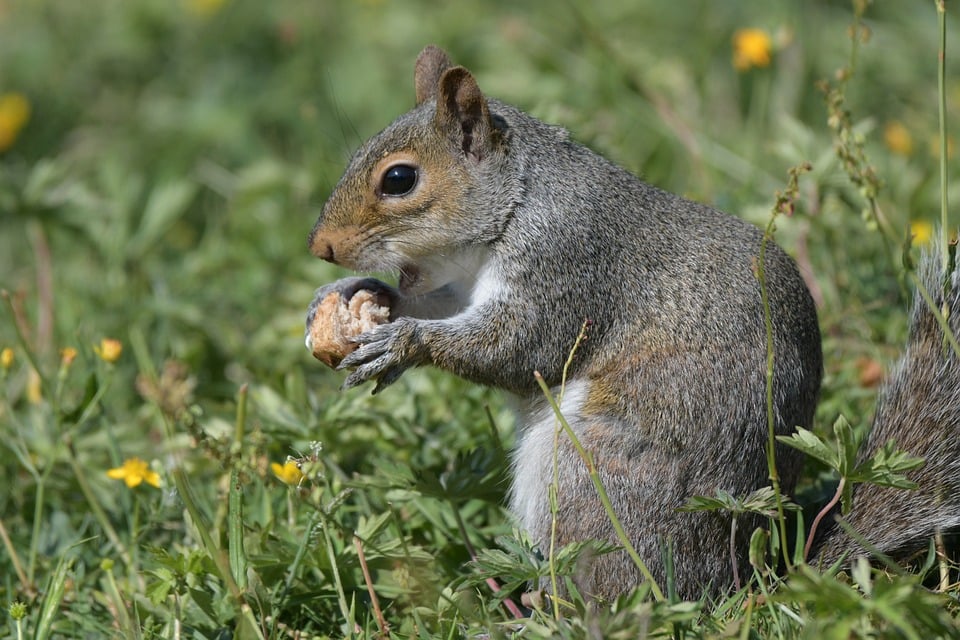Widespread exposure to SARS-CoV-2 in wildlife communities has raised concerns about the potential for transmission between animals and humans. A recent study published in Nature.com has shed light on the extent of exposure to the virus in various wildlife populations, highlighting the need for further research and monitoring to understand the implications for public health.
The study, conducted by a team of researchers from various institutions, analyzed samples from wildlife populations in different regions to assess the prevalence of SARS-CoV-2 antibodies. The results revealed that a significant number of animals, including bats, rodents, and carnivores, had been exposed to the virus, indicating that transmission between species is occurring.
One of the key findings of the study was the high prevalence of SARS-CoV-2 antibodies in bats, which are known reservoirs for coronaviruses. This suggests that bats may play a role in the transmission of the virus to other wildlife species and potentially to humans. The researchers also found evidence of exposure in rodents and carnivores, further highlighting the potential for cross-species transmission.
The implications of widespread exposure to SARS-CoV-2 in wildlife communities are significant. Not only does it raise concerns about the potential for spillover to humans, but it also underscores the need for increased surveillance and monitoring of wildlife populations to prevent future outbreaks. Understanding the dynamics of virus transmission in wildlife is crucial for developing effective strategies to mitigate the risk of zoonotic diseases.
In addition to the public health implications, the study also has important conservation implications. Wildlife populations that are exposed to SARS-CoV-2 may experience negative impacts on their health and survival, leading to potential declines in population numbers. Conservation efforts must take into account the threat of infectious diseases like COVID-19 and work to protect vulnerable species from exposure.
Moving forward, further research is needed to better understand the mechanisms of transmission of SARS-CoV-2 in wildlife communities. This includes investigating the role of different species in the spread of the virus, as well as identifying potential hotspots for transmission. By gaining a better understanding of the dynamics of virus transmission in wildlife, researchers can develop targeted interventions to reduce the risk of spillover to humans.
In conclusion, the study on widespread exposure to SARS-CoV-2 in wildlife communities highlights the complex interplay between humans, animals, and infectious diseases. By studying the prevalence of the virus in wildlife populations, researchers can gain valuable insights into the potential for cross-species transmission and develop strategies to mitigate the risk of future outbreaks. This research underscores the importance of One Health approaches that consider the interconnectedness of human, animal, and environmental health in addressing emerging infectious diseases.





